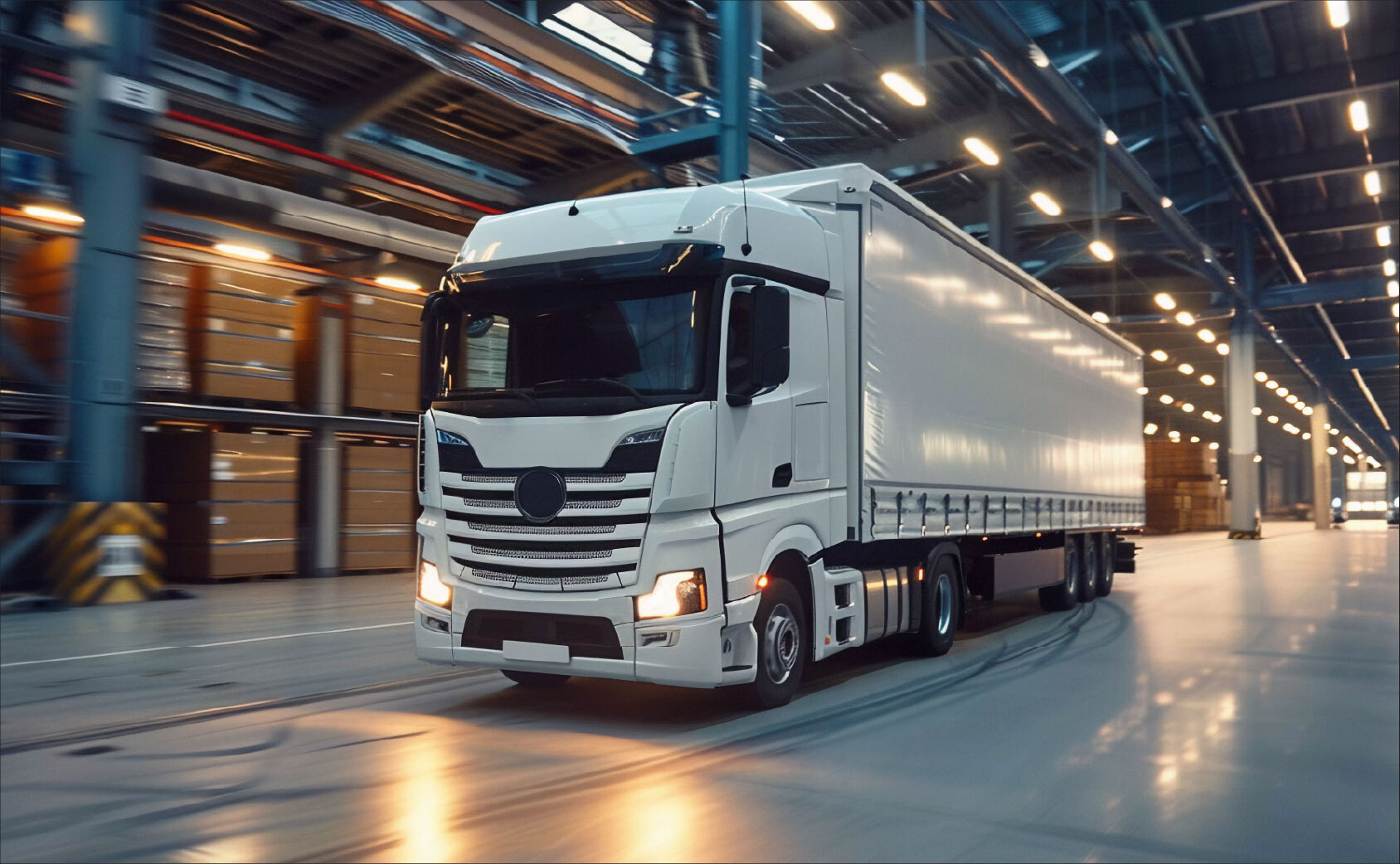How California’s Sustainability Goals Are Shaping the Future of Electric Light Commercial Vehicles

The U.S. light commercial vehicle (LCV) market exhibits diverse trends across various states, influenced by regional economic activities, infrastructure development, and consumer preferences. In California, the largest state economy, the drive for sustainability significantly shapes adoption patterns. The demand for electric cargo vans and pickups is particularly strong, supported by stringent emission regulations and incentives promoting zero-emission fleets. Many logistics and last-mile delivery companies based in California are making investments in electric vehicles to align with their corporate environmental goals.
U.S. light commercial vehicle market recorded a sales of 2.91 million units in 2024 and is estimated to reach a volume of 5.2 million units by 2030 with a CAGR of 10.5% during the forecast period.
In Texas, the LCV market demonstrates robust demand stemming from the construction, oil and gas, and transportation sectors. Pickup trucks prevail due to their versatility and towing capacity, with fleet operators increasingly opting for diesel-powered models to handle heavy workloads. The growth is further bolstered by expanding infrastructure and commercial hubs in Dallas, Houston, and Austin.
Florida's LCV adoption is driven by tourism, hospitality, and healthcare services, with a particular emphasis on minivans and cargo vans for shuttle services and mobile healthcare units. Seasonal demand surges during peak travel periods are shaping fleet expansion strategies in the state. In New York, characterized by dense urban centers, there is a notable increase in the use of compact cargo vans for e-commerce and courier services, as fleets leverage telematics solutions to manage congestion and enhance delivery efficiency. The state's commitment to reducing urban emissions is accelerating investments in electric vehicle charging infrastructure, appealing to fleet managers seeking long-term operational savings.
Illinois emerges as a key transportation and distribution hub, with Chicago playing a central role in freight logistics, leading to higher utilization of chassis cab trucks and heavy-duty pickups. Fleet operators are increasingly adopting route optimization software to minimize idle times and improve fuel efficiency. Meanwhile, Georgia's growth is closely linked to industrial expansion, port activities, and warehousing, with businesses integrating modular vans capable of serving dual purposes for cargo transport and mobile retail operations.
Ohio's steady demand for all segments of LCVs is primarily driven by agricultural activities and small business transport needs, with an emphasis on mid-range pickups utilized by farms and food distribution services. Favorable insurance rates and cost-effective maintenance services in the state facilitate fleet renewal cycles. Washington's focus on clean energy and technology-driven industries fosters investments in electric LCVs, as more fleets upgrade to newer models with connected vehicle features, especially in urban centers such as Seattle.
In Pennsylvania, sustained demand for chassis cab trucks and heavy-load pickups comes from industrial and manufacturing sectors, while suburban courier services boost the growth of cargo vans. Fleet operators are concentrating on balancing cost containment with technology upgrades, gradually replacing older vehicles with more fuel-efficient options. Arizona is witnessing an uptick in the adoption of cargo vans and pickups among small businesses and municipalities engaged in infrastructure projects and public utilities, while rural areas utilize LCVs for agricultural logistics and equipment transport.
In Nevada, the hospitality and gaming sectors in Las Vegas are influencing fleet upgrades, resulting in increased demand for minivans and shuttle services to support tourism. Likewise, North Carolina experiences diversified demand across logistics, healthcare, and education sectors, with fleets focusing on customizable vehicles that serve multiple functions without necessitating large upfront investments.
States like New Jersey and Massachusetts are adapting to the growing e-commerce sector by expanding last-mile delivery fleets with electric and hybrid cargo vans, bolstered by municipal policies that encourage cleaner transportation solutions. Colorado’s outdoor recreation industry, along with rapidly expanding metropolitan areas, is driving up demand for pickup trucks, as fleet operators invest in rugged models designed to perform well in challenging terrains and extreme weather conditions.
Overall, the U.S. light commercial vehicle market is shaped by regional economic strengths, urban density, environmental regulations, and state-specific incentives, leading to distinct adoption patterns. While electrification trends are prevalent in coastal and tech-driven states, traditional fuel vehicles continue to fulfill the needs of regions where heavy-duty applications, rural logistics, and cost sensitivity are primary concerns. Fleet managers are progressively tailoring their vehicle selections based on localized needs, striking a balance between sustainability, performance, and cost-effectiveness in a manner that reflects the unique characteristics of each state's economy and infrastructure. This dynamic landscape positions the U.S. LCV market as adaptable and regionally nuanced, with ongoing growth driven by targeted solutions rather than one-size-fits-all strategies.